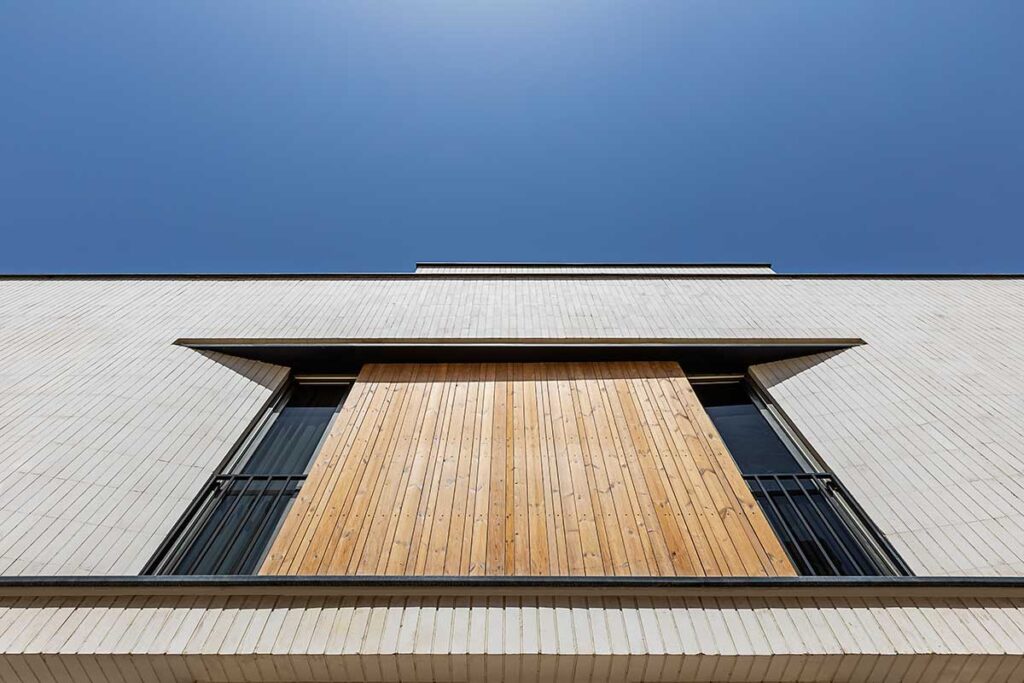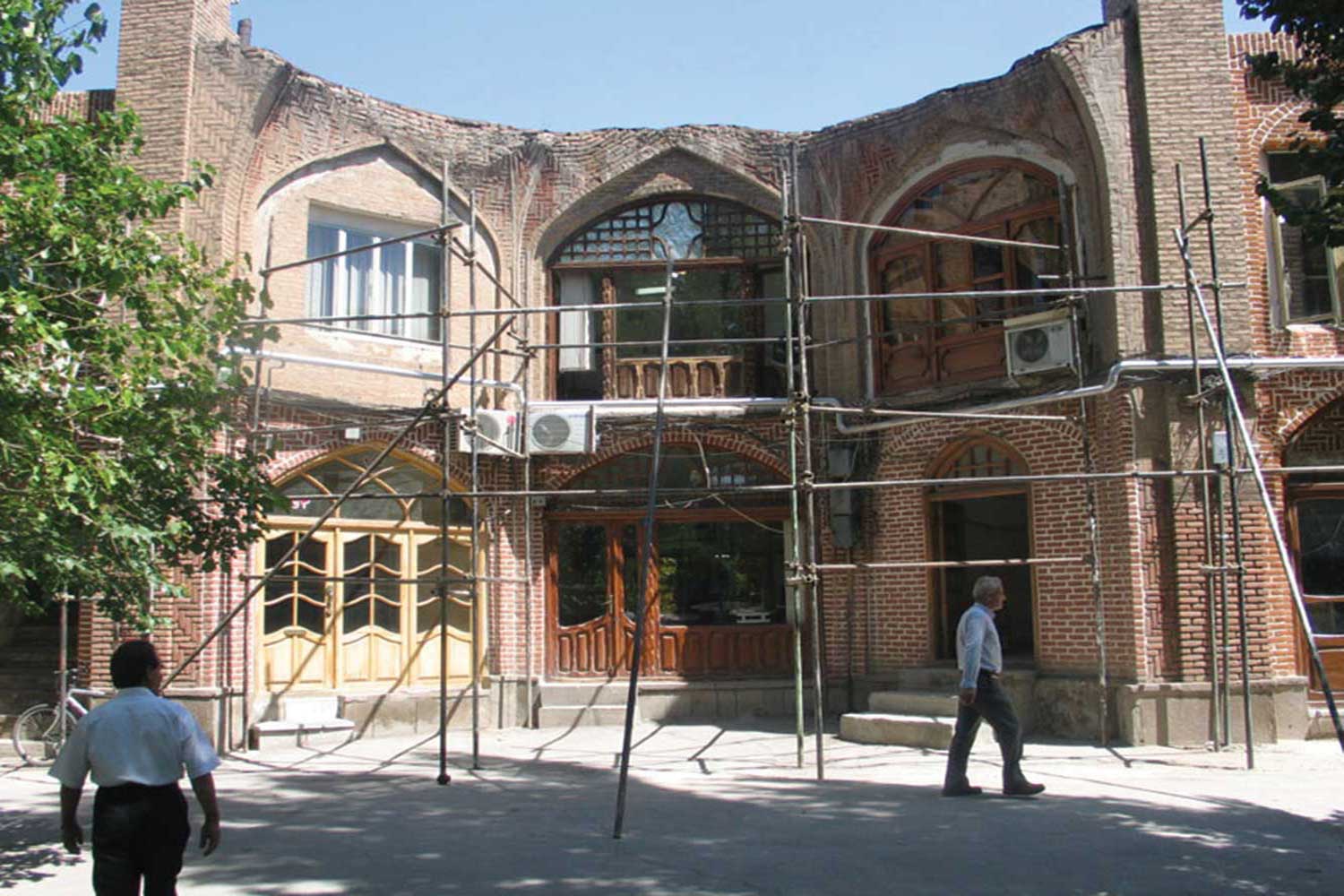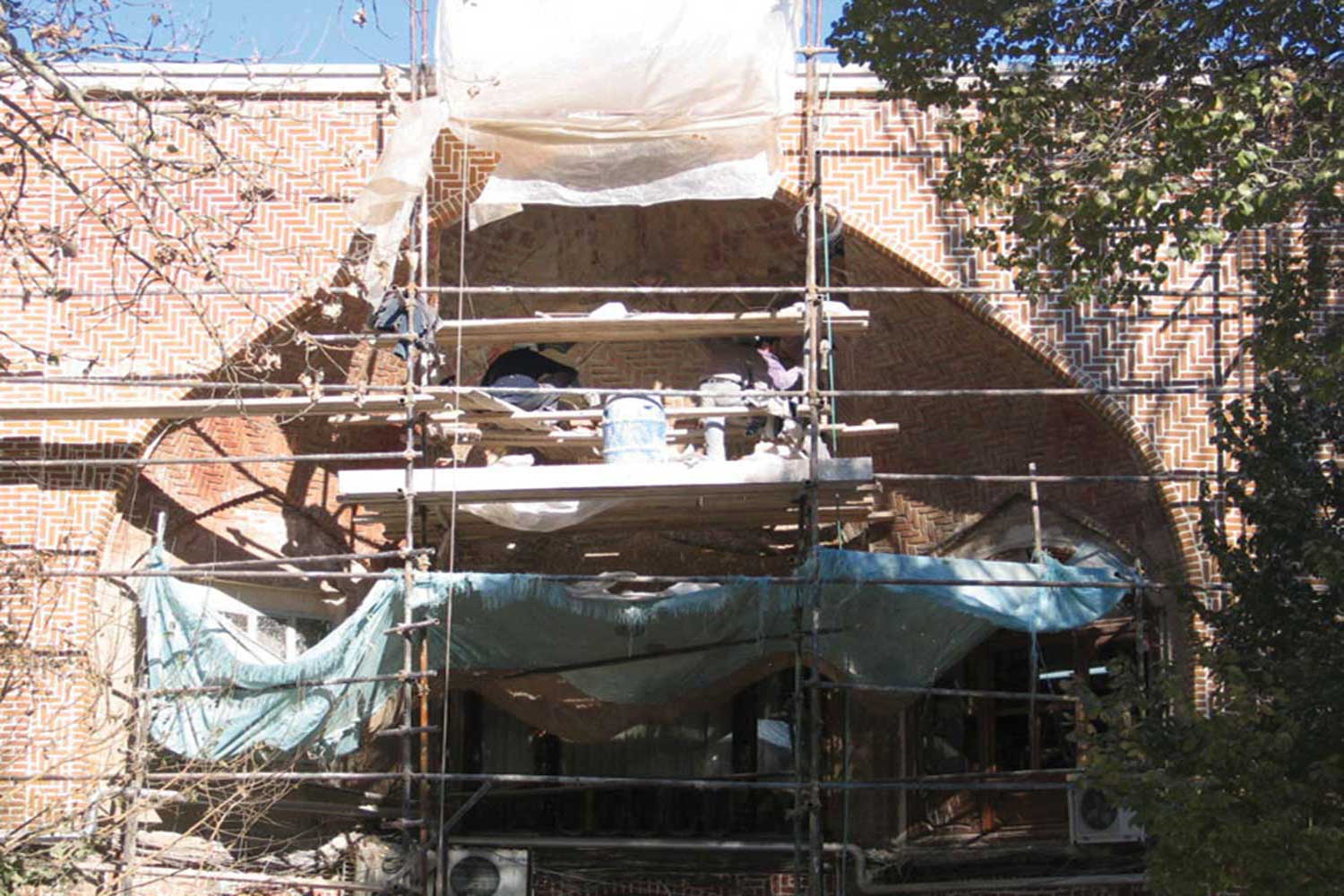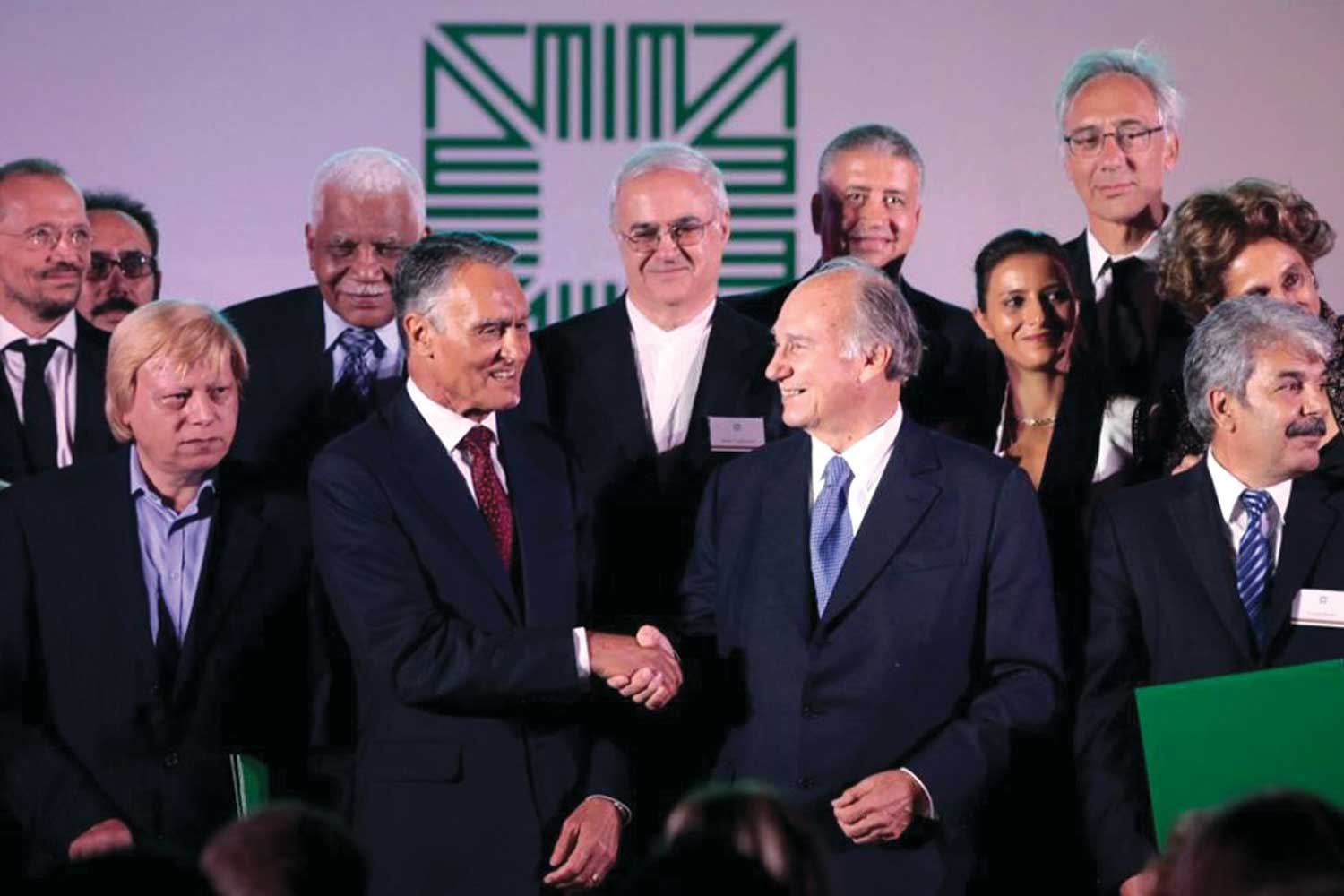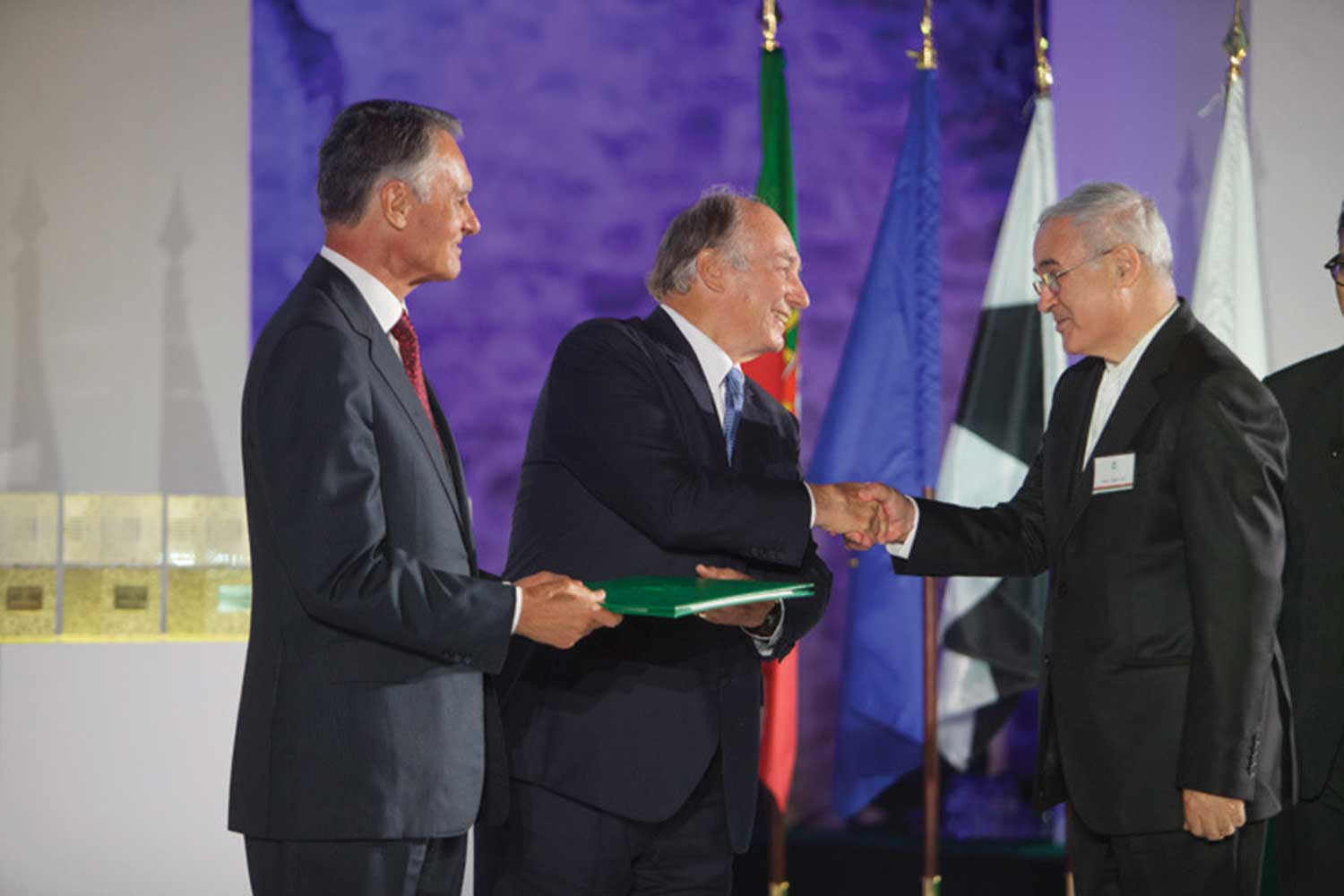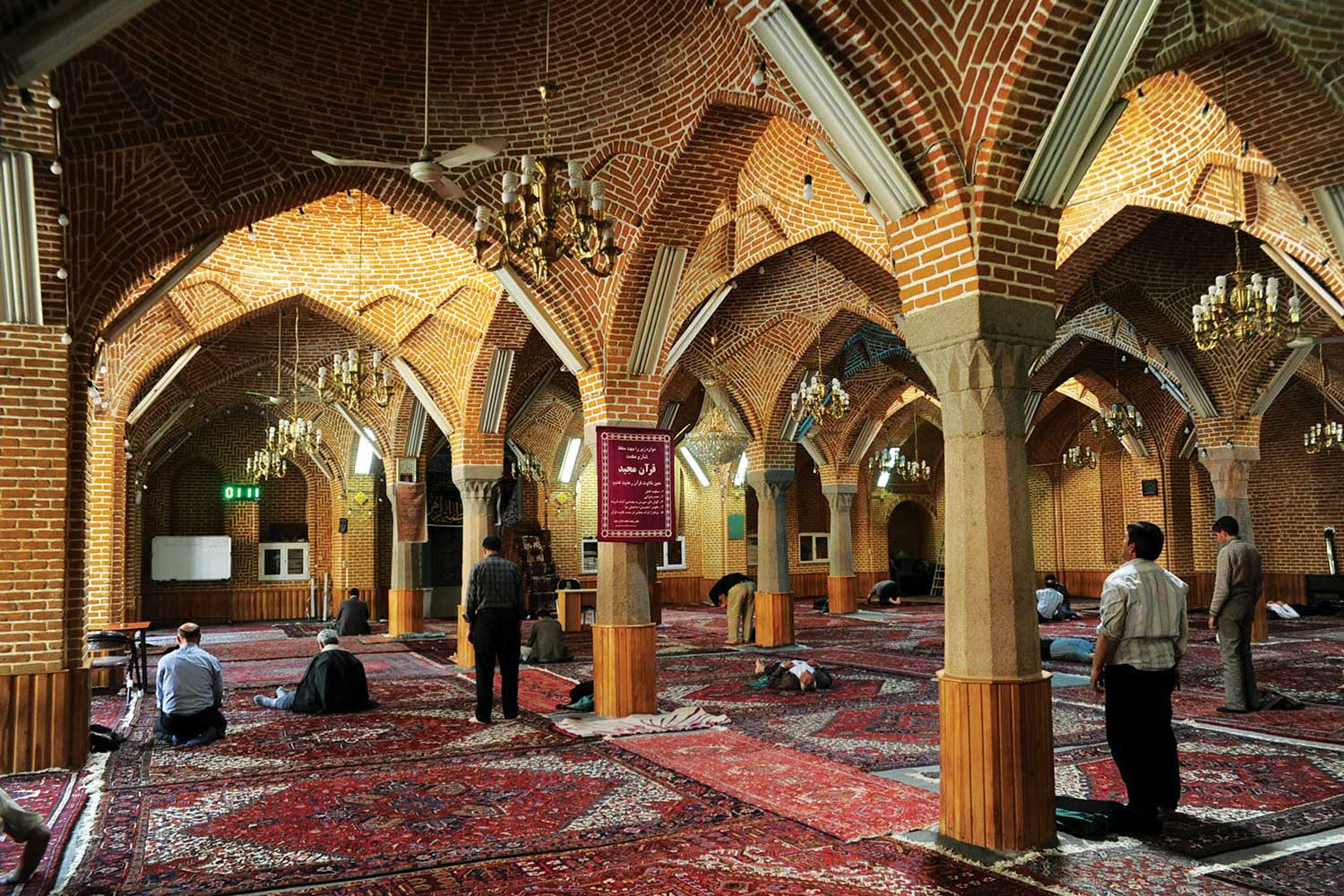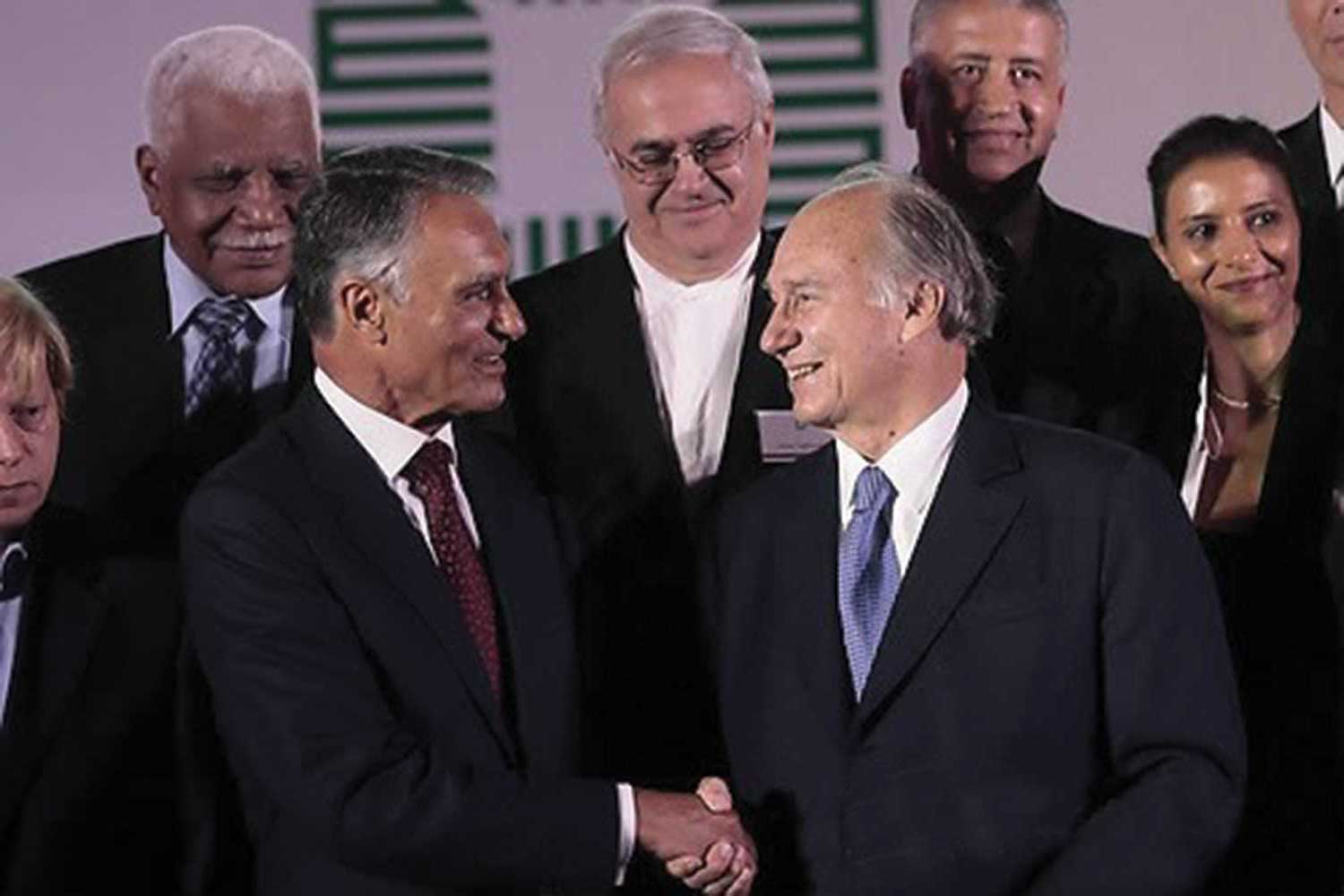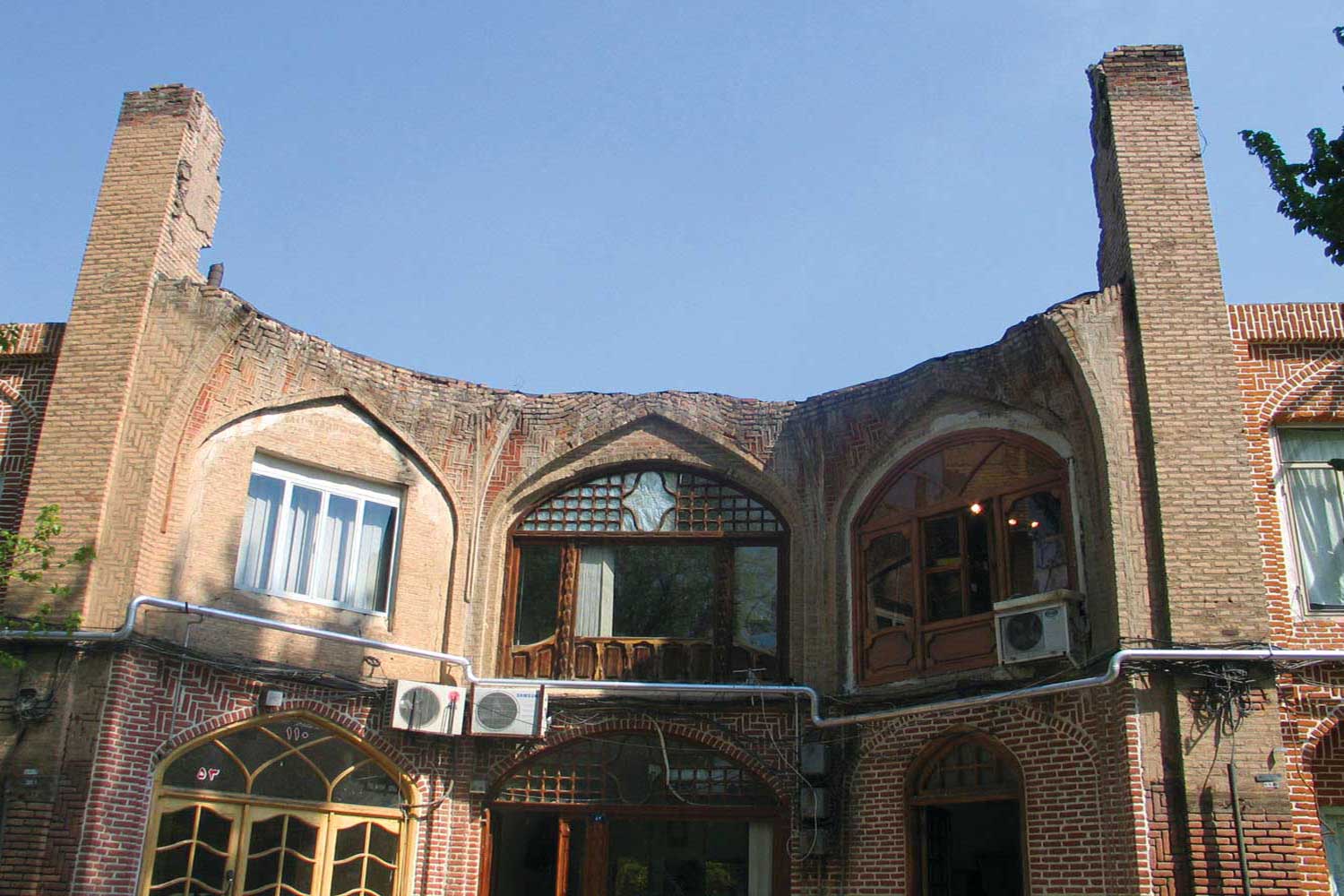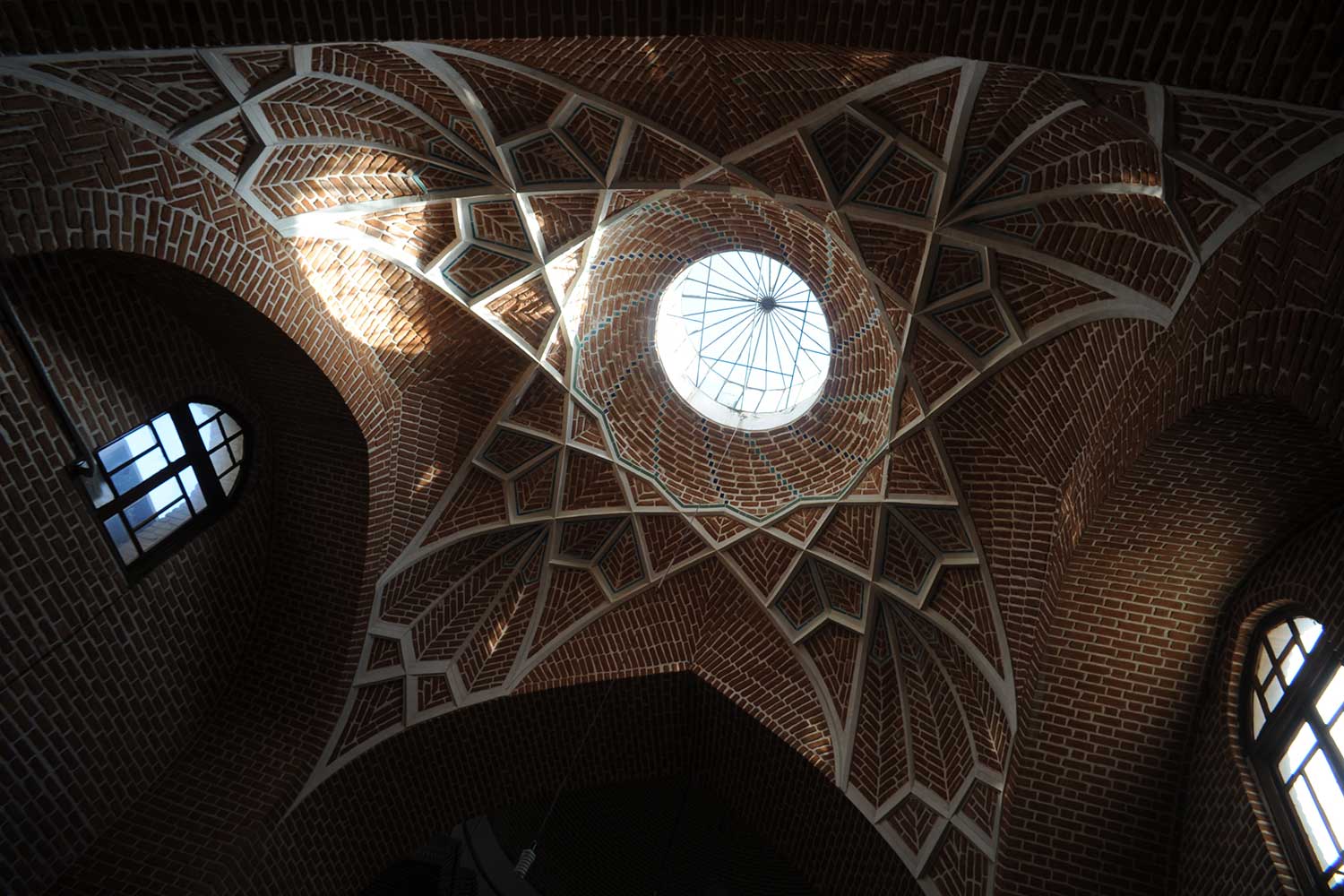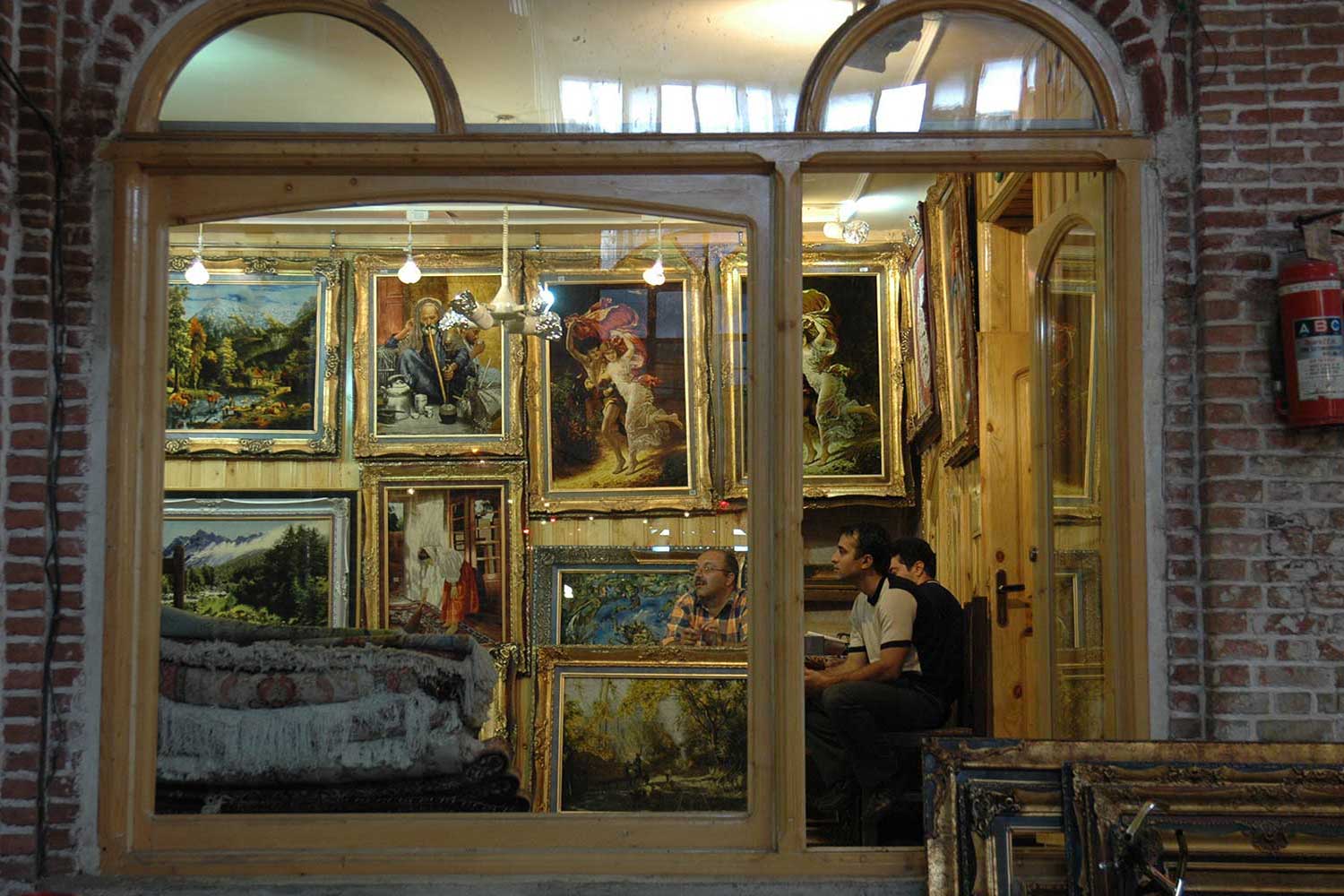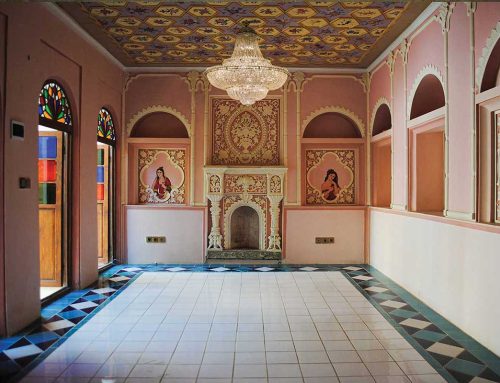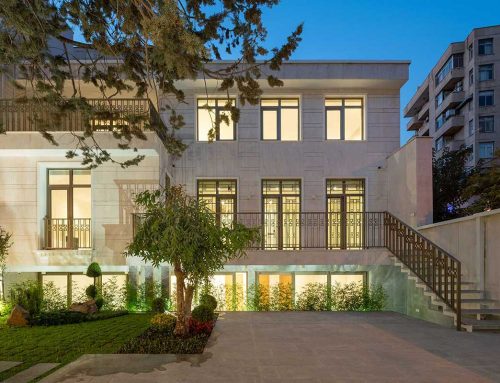احيای بازار تبريز، اثر اکبر تقیزاده اصل
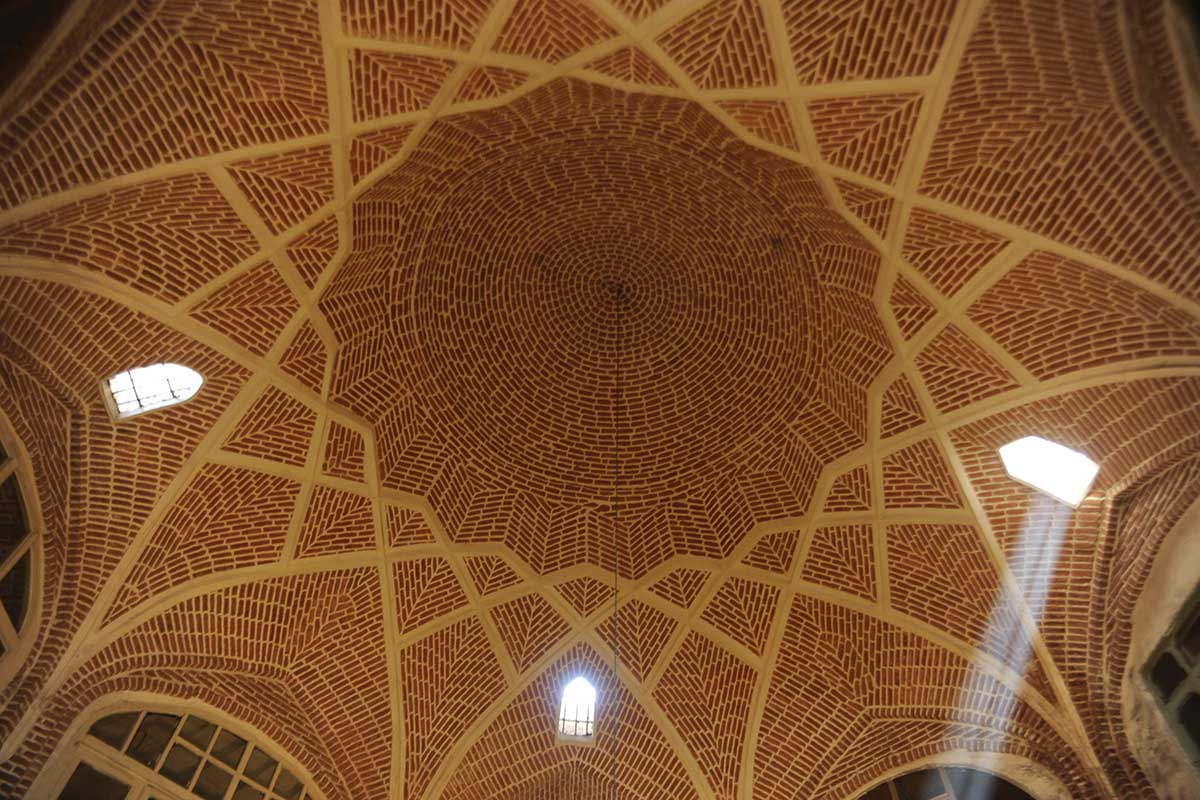
بازار تبریز یکی از بافتهای تاریخی کشور است که توسط اکبر تقیزاده به شیوهی مشارکتی مورد مرمت و احیا قرار گرفت و در نتیجهی این تلاش، این اثر شاخص ثبت آثار جهانی شد و در سال 2013 م، 1392 ه.ش نیز موفق به دریافت جایزهی آقاخان گردید.
اکبر تقی زاده در مورد بازار تبریز این اثر جهانی بیان میدارد:
شهر تبریز در چهارراه شرق به غرب و شمال به جنوب عالم در دورههای تاریخی گذشته تا اکنون قرار گرفته و محل تلاقی مبادلات تجاری، بازرگانی و فرهنگی بوده و بنابراین شکلگیری بازار تبریز از زمانهای بسیار دور طبیعی به نظر میرسد.
از تاریخ بازار تبریز پیش از حکومت سلجوقیان هیچ سند و اطلاعی فعلا در دست نیست و بازار تبریز و رونق آن از دوران حکومت سلجوقیان به این سمت اهمیت بسیار زیادی داشته است و در اصل ساختار بازار تبریز از سلسلهی سلجوقیان به بعد آغاز و پایهگذاری شد، اما به دلیل زلزلهی دهشتبار سال 1193 هجری قمری از بین رفت اما به دلیل حجم بسیار زیاد تجارت و مبادلات بازرگانی در دورهی عباسمیرزا مجددا ساخته شد، بنابراین ساختار اصلی و فعلی بازار تبریز را میتوان متعلق به دورهی قاجار دانست اما بعد از عباسمیرزا، بخشهای دیگری به آن اضافه شد و تکامل یافت.
بازار در مشرق زمین فقط محل کسب و کار نبوده بلکه یک فضای شهری بزرگ و محل تعاملات اجتماعی، فرهنگی، دینی، سیاسی و… بوده است که اساسا تولید فرهنگ در آنجا شکل میگرفته و سپس به جامعه منتقل میشد، بر همین اساس، بازار تبریز 27 هکتار عرصه و 75 هکتار حریم دارد. این مجموعه شامل 23 سرا و کاروانسرا، 20 تیمچه، 34 راستهبازار، 22 دالان، 7 بازارچه، 4 چهارسو، 2 پل، 28 مسجد، 3 بقعه، 2 کتابخانه، 3 مدرسه، 3 زورخانه، یخچال و 4 حمام بوده و همچنین اولین میدان جهان نیز متعلق به بازار تبریز است.
احیا و مرمت بازار تبریز با مشارکت بیش از 6000 نفر از کسبه و بازاریان تبریز و امکان آموزش به آنان صورت پذیرفت، مدیریت اجرایی مرمت بازار به خود کسبه واگذار شد و فقط نظارت و هدایت امر بر عهدهی میراث بود. برای بازار، شورای راهبردی در نظر گرفته شد که هر گونه اصلاح و اقدام مرمتی در بازار فقط با تایید این شورا و طبق مصوبهها انجامپذیر است. نحوهی نگرش به بنا و حفاظت و نگهداری از آن در اولویت اول و چگونگی مرمت و انتخاب مصالح در اولویت دوم در مرمت این بازار مورد توجه قرار گرفتند. از اثرات مثبت این کار میتوان به مواردی چون حفظ امنیت بازار، رضایت عمومی، ارتقای کیفیت فضایی بازار، کاهش نقش دولت و افزایش حضور مردم، تغییر ترکیب اجتماعی بازار، افزایش حس تعلق، افزایش مشارکت گروهی، بازگشت بازاریان و کسبه به این محل، آموزش اصول مرمت به بازاریان و کسبه و امکان حفظ آن برای آیندگان اشاره کرد.
کتاب سال معماری معاصر ایران، 1400
________________________________
نام پروژه: احيای بازار تبريز
معمار: اکبر تقیزاده اصل
كارفرما و مجرى: بازاريان تبريز
تاريخ شروع: سال ١٣٧٣ كه همواره ادامه خواهد داشت
آدرس ايميل: akantaghi@yahoo.com
Restoration of Tabriz Bazaar, Akbar Taghizade Asl

Project Name: Restoration of Tabriz Bazaar
Architect: Akbar Taghizade Asl
Client & Executive Engineer: Shopkeepers of Tabriz Bazaar
Date: 1994-now
Email: akantaghi@yahoo.com
The Tabriz Bazaar is one of the historical landmarks of the country, which was renovated and restored by Akbar Taghizadeh in a participatory restoration process. This project won Aga Khan Award in 2013.
Akbar Taghizadeh explains about Tabriz Bazaar as the following: The city of Tabriz is located at the crossroads of east to west and north to south and from ancient times till now it has been the crossroads of trade, commerce and cultural exchanges. Therefore, the formation of Tabriz Bazaar since then seems natural. There is no information or documents about the history of the Tabriz Bazaar before the Seljuk Empire. Evidently, since the Seljuk Empire, the Tabriz Bazaar and its prosperity has been very important. The structure of the Tabriz Bazaar was founded after the Seljuk dynasty, but it was destroyed due to the terrible earthquake of 1193 AH. Due to the large volume of trade and commerce in the reign of Abbas Mirza, the Tabriz Bazaar was rebuilt. Hence the main and current structure of it can be considered to belong to Qajar period, although after Abbas Mirza, there were additions to it.
The bazaar in the Middle East was not only a place for business, but a large urban space and a place for social, cultural, religious, political interactions, etc. where culture was basically formed and then transferred to the society. The Tabriz Bazaar has 27 hectares of land and 75 hectares of privacy. This complex includes 23 inns and caravanserais, 20 Timches, 34 bazaars, 22 corridors, 7 bazaars, 4 squares, 2 bridges, 28 mosques, 3 tombs, 2 libraries, 3 schools, 3 zurkhanehs, refrigerators and 4 baths. The revival and restoration of the Tabriz Bazaar was carried out with the participation and training of more than 6,000 of its sales staff. The Heritage was only responsible for guidance and monitoring the process. A strategic council was created to decide about any reform and restoration actions in the bazaar. The council rules were in accordance with the legislation. Preservation and maintenance of the Bazaar was the first priority, while repairing and choosing the right materials were the second priority of the restoration project. Maintaining market security, public satisfaction, improving the spatial quality of the bazaar, reducing the government role by increasing the people’s cooperation, changing the social composition of the bazaar, increasing the sense of belonging, encouraging group participation, the return of salesmen and merchants, teaching the principles of restoration to salesmen and merchants, and the possibility of preserving it for the future generations are some examples of the project’s positive aspects.”


